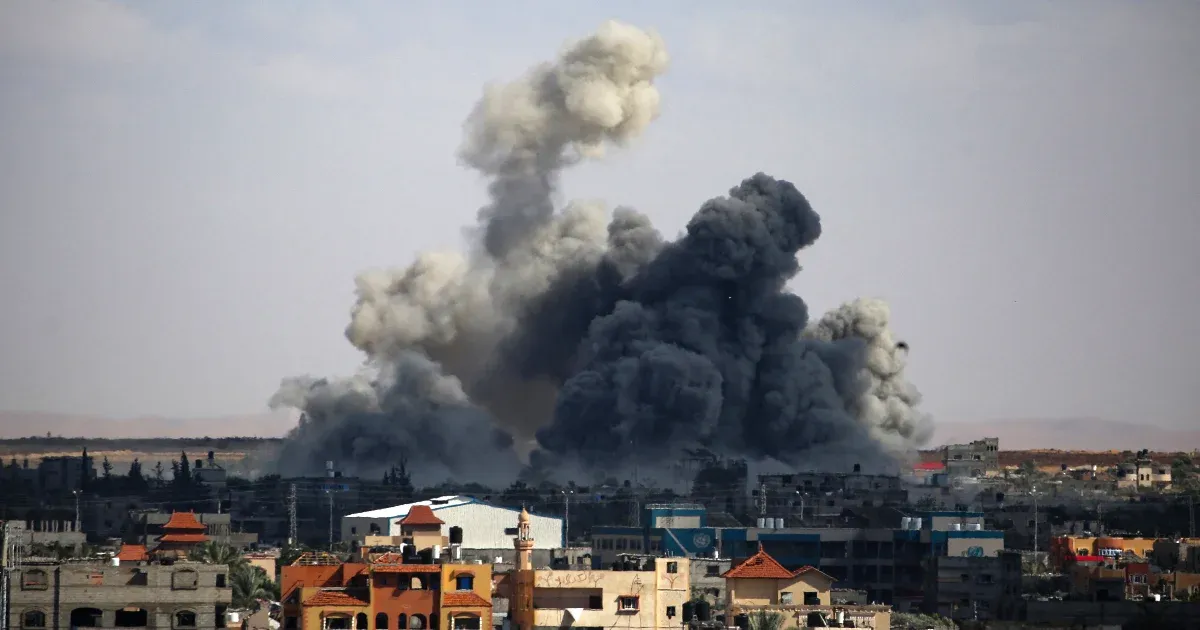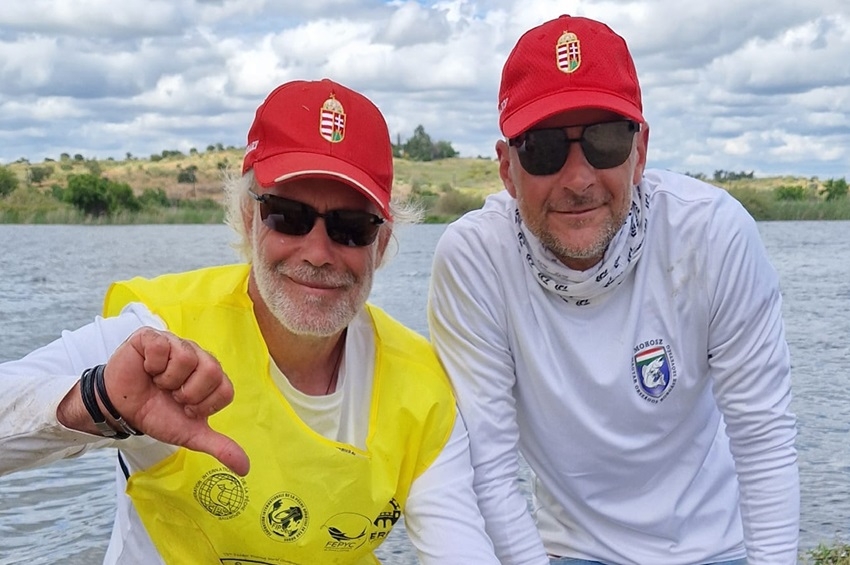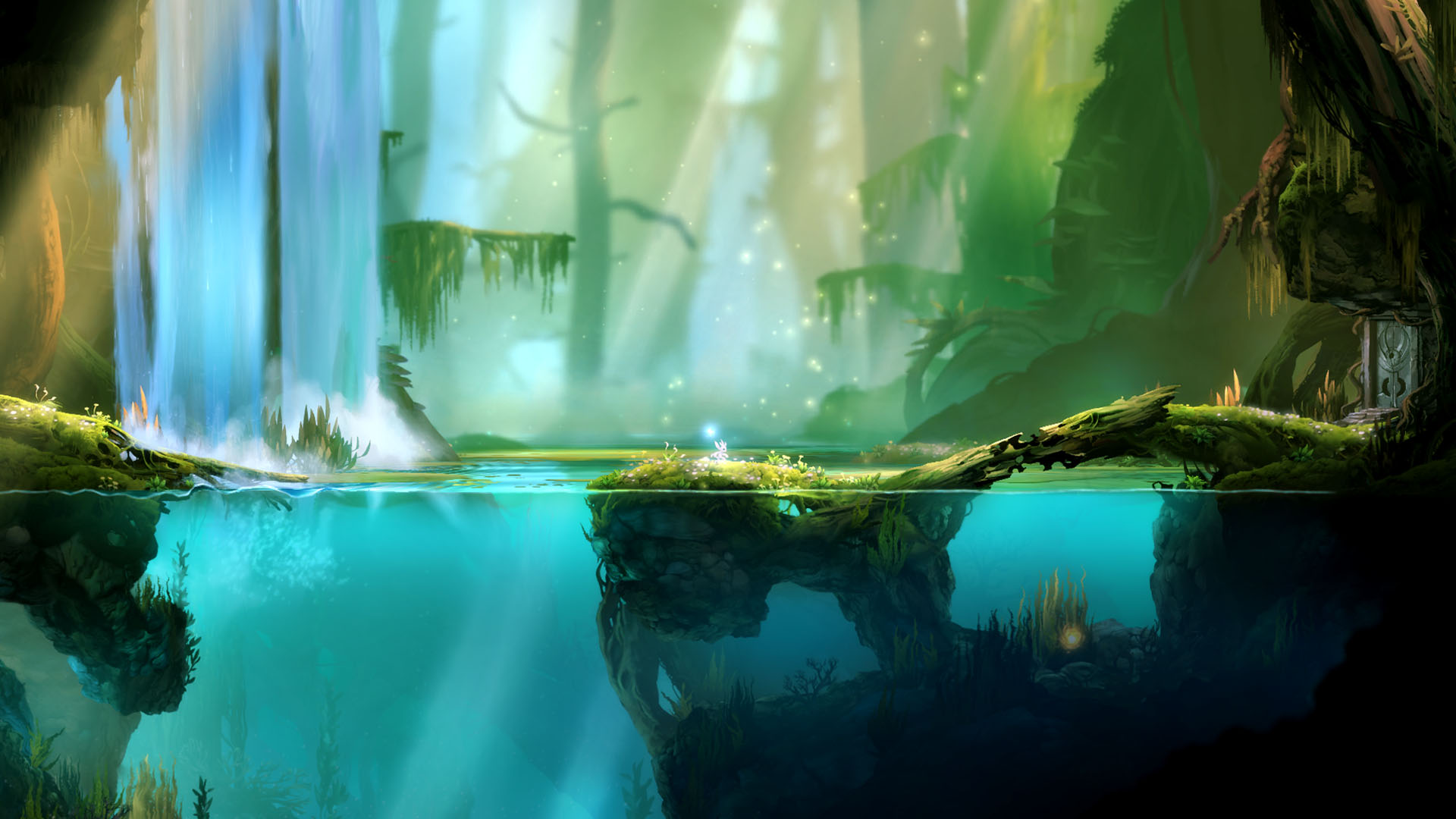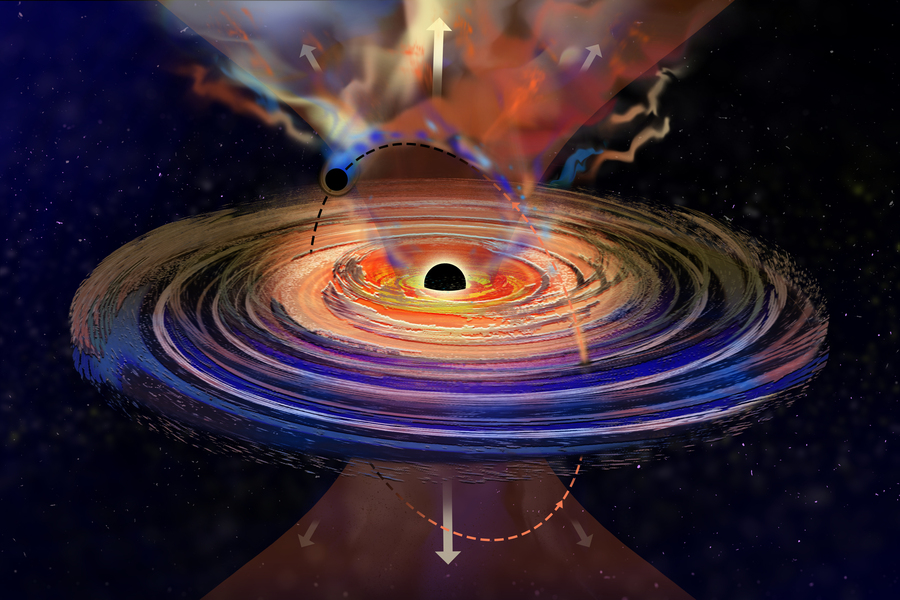From past to future: new findings in climate, soil, and human body research. The Women in Science clause is also related to this: It is also worth mentioning at the beginning what György Kosztolani, Vice President of Life Sciences and Pediatrician at MTA, said in his welcome speech. It is a well-known series. We heard how female dominance among women with higher education will gradually decline to only fifty percent of women holding doctorates, thirty percent of women holding academic doctorates, and twenty percent of university professors. As he said, there was not a single woman among the new members of the Academy in 2016: This led the administration of the Hungarian Academy of Sciences to start the direction of paying special attention to supporting women's academic careers: In addition to lecture topics, he said, this is also a global challenge. She sees lecturers as role models to young university students that it is possible to get ahead in academic life, as well as to decision-makers who are still male-dominated and will probably continue to be so for a long time.
The first speaker, Catalin Eneko Magyari, a biologist and ecologist, started with the past. The speaker has been a Corresponding Member of the Hungarian Academy of Sciences since last year – and last year, thanks to the efforts of the Hungarian Academy of Sciences, nearly a quarter of the new members were women – and Director of the Department of Environment and Landscape Geography at ELTE. He calls himself a paleoecologist, and his specialty is the study of pollen: already during his university years, he began dealing with the Quaternary period, a very narrow slice of the last 2.4 million years of Earth's history, the last 30,000 years. He also completed his doctoral research in the field Geology. He applied his findings to the reconstruction of European climate and vegetation history in the Carpathian Basin. As Gyorgy Kosztolani highlighted in his greeting,
He was among the first to use ancient DNA tests to clarify issues of population genetics.
In light of global climate change, as someone living in it, a particularly interesting topic is how have climate changes over the past 11,000 years affected cultural changes? To what extent can sudden climate change, rainfall and drought be considered responsible or a serious factor in the collapse of a culture or the abandonment of a region? The presentation by Katalin Enikő Magyari was on this topic. Presentation title: How did rapid climate change events affect prehistoric cultures in Europe?
Catalin Eneko Magyari began by examining Greenland's ice to show how it affected whether cultures collapsed, or whether thriving settlements became depopulated. He focused his presentation on a relatively short period of time, and we were also able to learn some interesting facts about the studies on which their conclusions were drawn. Ice cores taken from the Greenland ice sheet showed a stable oxygen isotope curve, which is used as a benchmark in Europe for climate change. Stable isotope changes, he said, reflect well the change in air temperature, in this case over Greenland. The last interglacial period, the Holocene, was known as an equally warm and stable period.

However, data from Greenland also reflect that values were mostly high after the early Holocene warming period, but this period was also punctuated by rapid climate change events. Their research has received a great deal of attention in recent decades, because their effects have appeared not only in ice cores and marine sediments, but also in terrestrial sediments.
The speaker stressed that as we move to different parts of the Earth, it is natural that these climate change events will not occur uniformly. Somewhere they can be detected, somewhere they appear as drought or a drop in temperature, somewhere they clearly indicate wetter periods: all this can be linked to changes in the Earth's atmosphere and ocean currents.
At one well-known event, Catalin Eneko Maggiari presented to researchers detailing how a change in weather could affect human populations. Climate change occurred in the early Holocene, 8,200 years ago: the remnants of the ice sheet were still visible in North America at that time, but they had melted very intensely. The melting can be linked to rapid climate change events in the early Holocene, where the drainage of lakes in the North Atlantic region suddenly released a large amount of fresh water into the sea. As a result, there was a slowdown in the North Atlantic circulatory system. The warm flow flowing towards Europe, most of us know the Gulf Stream, brings a lot of rain to Europe and warms the Scandinavian coasts.
When the speed of the conveyor belt decreases, the winter ice cover moves southward on the ocean, which has a very strong effect on northwestern Europe, and the climate of Europe in general. This has already been shown to be the case in terrestrial sediments. Research on European lake water levels has come to the conclusion that the change in the amount of precipitation during this period is not at all uniform across Europe. This meant wetter weather and more water in the Central European belt, but drought occurred to the north and south of it. All this also affected the movement and migration of human populations.

The corresponding member of the MTA also explained why this climate oscillation event is so important. Because it coincides with an important period in the development of our society.
An important role in this was played by the agricultural revolution that occurred in the late Pleistocene and early Holocene, when our ancestors switched to a sedentary lifestyle and began working in agriculture.
Its center is in Anatolia, the Fertile Crescent, but early agriculture did not move north into Europe from this region until 8,600 years ago. As the researcher said, the departure and displacement of communities is directly linked to this rapid climate change event. It can also be noted in its introduction that 8600 years ago, solar radiation began to show a decreasing trend due to changes in the solar cycle. In the central part of Anatolia, a settlement has been excavated and examined at length, where a major change occurred 8,200 years ago: this has been shown by several decades of research and a large number of age determinations.
With the help of radioactive soot, they were able to show that the eastern settlement was suddenly abandoned, after which a new settlement was established 200 meters to the west. The researchers explained all of this with a sudden drought that made agricultural production impossible from year to year.
Meanwhile, Levantine agriculture in the Aegean region collapsed, the population moved towards the Aegean coast, and new settlements were established there. Peloponnesian and Balkan agriculture had already developed before the sudden climate change, but the Neolithic expanded across the Danube and did not enter the Carpathian Basin until after the event.

The researcher said: Thanks to climate reconstruction studies, we also know why coastal areas were favored at that time. Because they were not affected by drought and low temperatures in winter. Sediment reconstructions and pollen analyzes showed that between 8,200 and 7,900 years ago, forest cover in the region decreased, and the share of plant species denoting steppe increased. Quantitative climate reconstruction showed a decrease in precipitation, little change in the mean temperature in July, and a significant decrease in the mean temperature in winter, exceeding 4 degrees. The potassium curve for the Greenland ice sheet showed that Siberian glaciation accelerated during this period. It is possible that the strengthening of the Siberian high-pressure belt led to increased streams of cold air flowing from the mountainous region, which could have maintained the lower average winter temperature in the region. However, the unfavorable change did not extend to the Aegean coast. As Catalin Eneko Magyari points out,
The cooling event had a very strong impact in this region as well, as human cultures reacted to it by moving settlements.
Here too it becomes clear why these studies are important: because they give us the opportunity to study the impact of these events on migration, cultural transformations, and mobility. How does social vulnerability respond to these changes? What forms of social adaptation skills emerge under these conditions of climate stress?

The lecturer also presented all of this with closer examples: 8,200 years ago, productive societies reached the northern part of the Balkans, and 8,100 years ago they settled between the Sava and Drava rivers, in the lands of southwestern Hungary. Let's imagine small groups with few colonies: they farmed in forest areas, semi-open steppes and in floodplains.
However, we can count on more stable settlement and an increase in the number of settlements only 7,800 years ago. The reason for this is that during this period, droughts alternated with very rapid floods, and were not limited to minor droughts. Communities in the Carpathian Basin did not settle until the end of the climate change event: northward migration only reached the southern part about 7,800 years ago. The people of the Starcevo culture entered Transdanubia only when the climate became more stable and humid.

The latest research also adds interesting facts to the topic: in 2017, in Lake Balaton, which practically serves as a pollen trap, they drilled deep through the ice, in the Simes Basin. While examining the sediments, they found two episodes when summer evaporation increased strongly: drought and a decrease in precipitation occurred, the water surface narrowed dramatically, and pollen erupted, indicating steppe deposition. One event of rapid climate change occurred in the period discussed above, when the area around the lake was not yet inhabited by humans.
However, during the second change, which occurred 5,300 years ago, the Baden culture actually flourished around the lake, but interestingly it did not collapse, but rather adapted, thanks to the innovations of the period, the cart and the increasing transition to pastoralism.
They reduced agricultural production and moved towards pastoralism. The culture collapsed 4800 years ago, at the beginning of the cooling period, when the water surface of the lake increased again, and the current image of Lake Balaton was formed.

Careful examination of ash and pollen indicative of forest fires shows that deforestation and related land use were not ongoing in prehistoric and Copper Age settlements. Several cultural breakthroughs, then declines, and collapses can be observed.
(In our opening image: Baden culture settlements around Lake Balaton. They reacted to climate drought not by collapsing, but by adapting. Image source: Catalin Eneko Maggiari lecture)















:quality(70)/cloudfront-eu-central-1.images.arcpublishing.com/dlnews/5CTNUPRXDRE6NG2YVU7MDQJSHI.jpg)




























